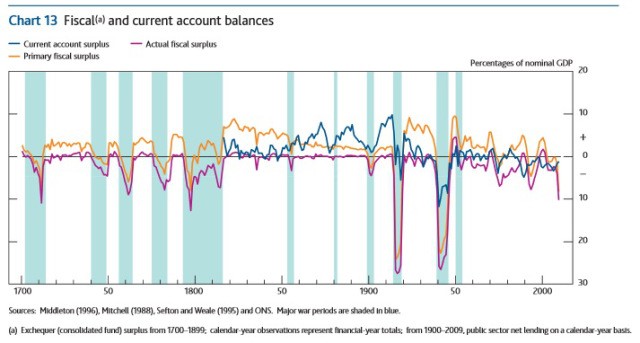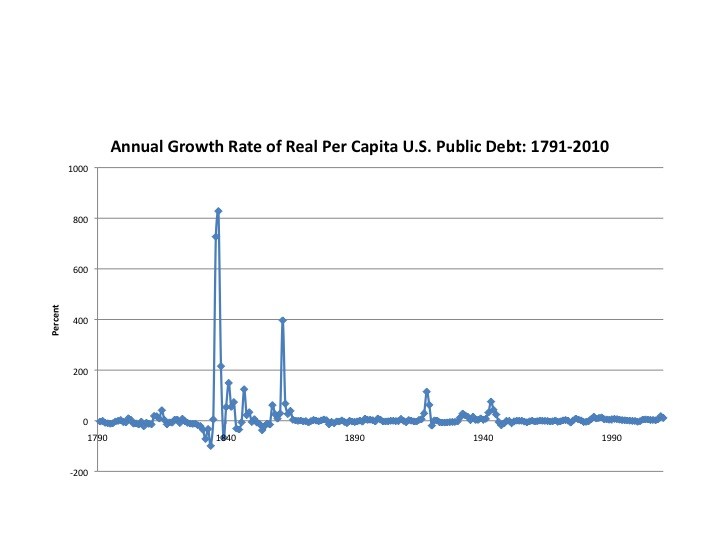Bureau of the Public Debt The 19th Century
Post on: 5 Апрель, 2015 No Comment

Search:
1803: Albert Gallatin
Albert Gallatin, 1848
Abraham Alfonse Albert Gallatin (b. January 29, 1761 – d. August 12, 1849) was a Swiss-American anti-Federalist diplomat and congressman, and the longest-serving United States Secretary of the Treasury. He opposed Hamilton’s entire program, but, faced with declining revenues and the massive cost of the War of 1812, Gallatin was forced to reintroduce the Federalist taxes he had previously denounced. By funding the war deficit ($69 million) with bond issues, he helped defray the costs. He later helped charter the Second Bank of the United States in 1816.
1812: The First Test of Debt
The War of 1812 was financed mainly through the use of borrowed funds. Total public debt increased from $45.2 million on January 1, 1812, to $119.2 million as of September 30, 1815.
1837: Andrew Jackson
Andrew Jackson,
portrait by Thomas Sully,
Andrew Jackson, the seventh president of the United States, was suspicious of banks and did not trust the paper money they issued. In 1837, he liquidated the Second Bank of the United States, returning the government’s original investment plus a profit. This resulted in a huge government surplus of funds. (In 1835, the $17.9 million budget surplus was greater than the total government expenses for that year.) By January of 1835, for the first and only time, all of the government’s interest-bearing debt was paid off. Congress distributed the surplus to the states (many of which were heavily in debt). The Jackson administration ended with the country almost completely out of debt!
1846: Rebuilding the Debt
The United States went to war with Mexico in May, 1846, over the annexation of Texas and California. The total cost of the war was estimated to be $64 million, and Congress authorized the issuing of additional debt to meet these obligations. It is this concept that would later become the basis for the Savings Bond program. By the end of 1849, public debt totaled $63.1 million.
1860: The Civil War
This war of ours, in its magnitude and in its duration, is one of the most terrible. It has produced a national debt and taxation unprecedented, at least in this country. It has carried mourning to almost every home, until it can almost be said that the ‘heavens are hung black’.
Abraham Lincoln, 1864, Speech at Great Central Sanitary Fair, Philadelphia, PA

Public debt in 1860 totaled $64.8 million (the annual budget of the federal government at the time was $63.1 million). But this small debt would look completely insignificant compared to the amount of money the government would owe at the end of the Civil War.
It is estimated that the Civil War cost the nation $5.2 billion in direct expenditures. As the war dragged on, the federal government was forced to completely overhaul its financial organization to cope with this as-yet-unheard-of amount. Enormous leaps in the methods and amount of public financing took place during the war years, including:
- Legal Tender Act (1862) authorized the Treasury to issue $150 million in United States notes and authorized the sale of $500 Million in bonds to fund the war effort.
- National Bank Act (1863) permitting the charter of national banks.
By the end of 1865, interest-bearing public debt stood at $2.2 billion, but the union had been preserved.
1865: Salmon P. Chase
Salmon P Chase,
circa 1855-65
Salmon Portland Chase (b. January 13, 1808 – d. May 7, 1873) was one of Lincoln’s first political appointees, and served as U.S. Treasury Secretary during the Civil War (and then as Supreme Court Chief Justice of the United States). Chase was an active and avid abolitionist, and devoted to ending slavery. As Treasury Secretary, Chase oversaw the establishment of a national banking system, which secured a market for government bonds and provided a permanent uniform national currency. The first U.S. federal currency was printed in 1862, during Chase’s tenure as Secretary of the Treasury. He designed the bills (many of which originally featured his likeness).














